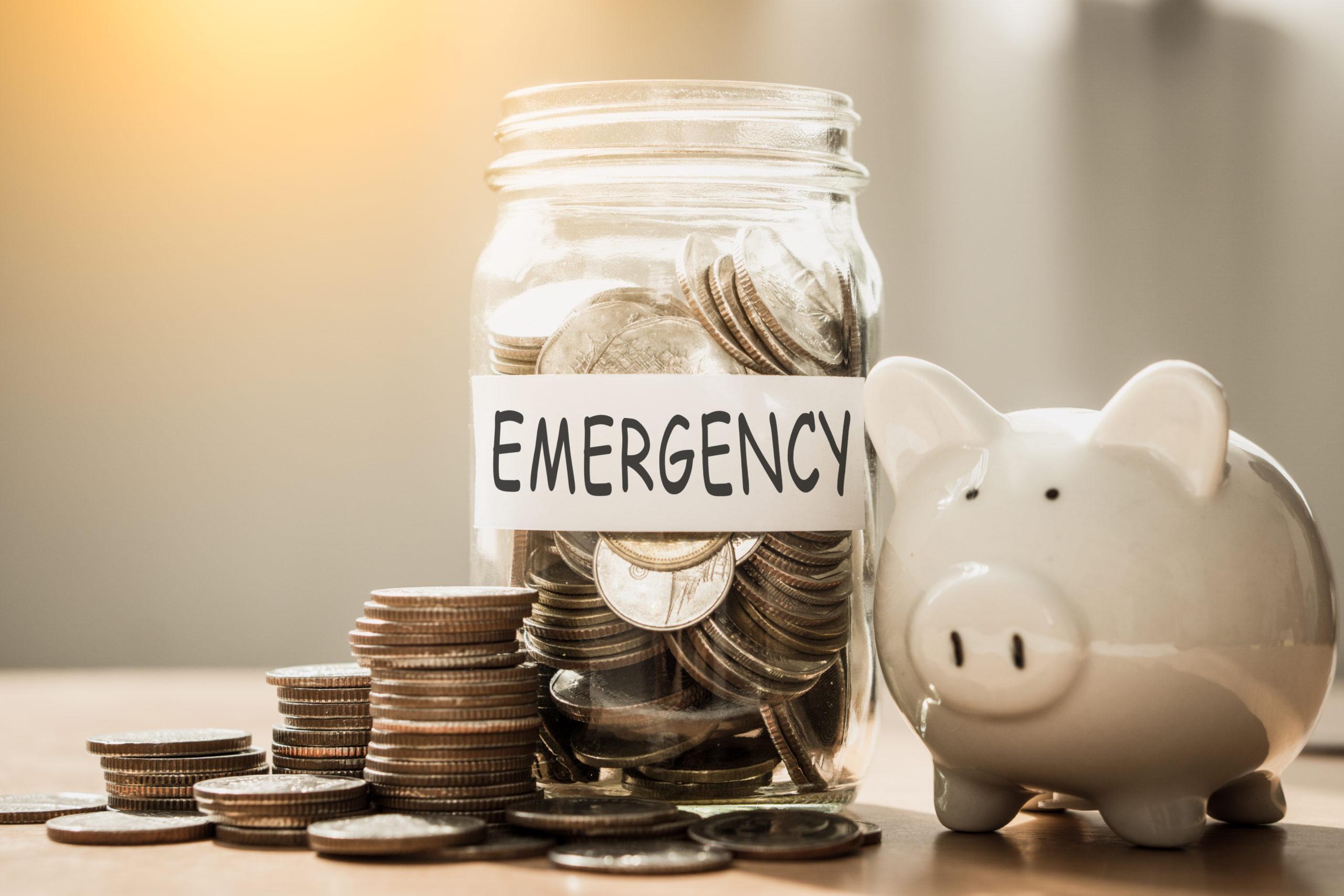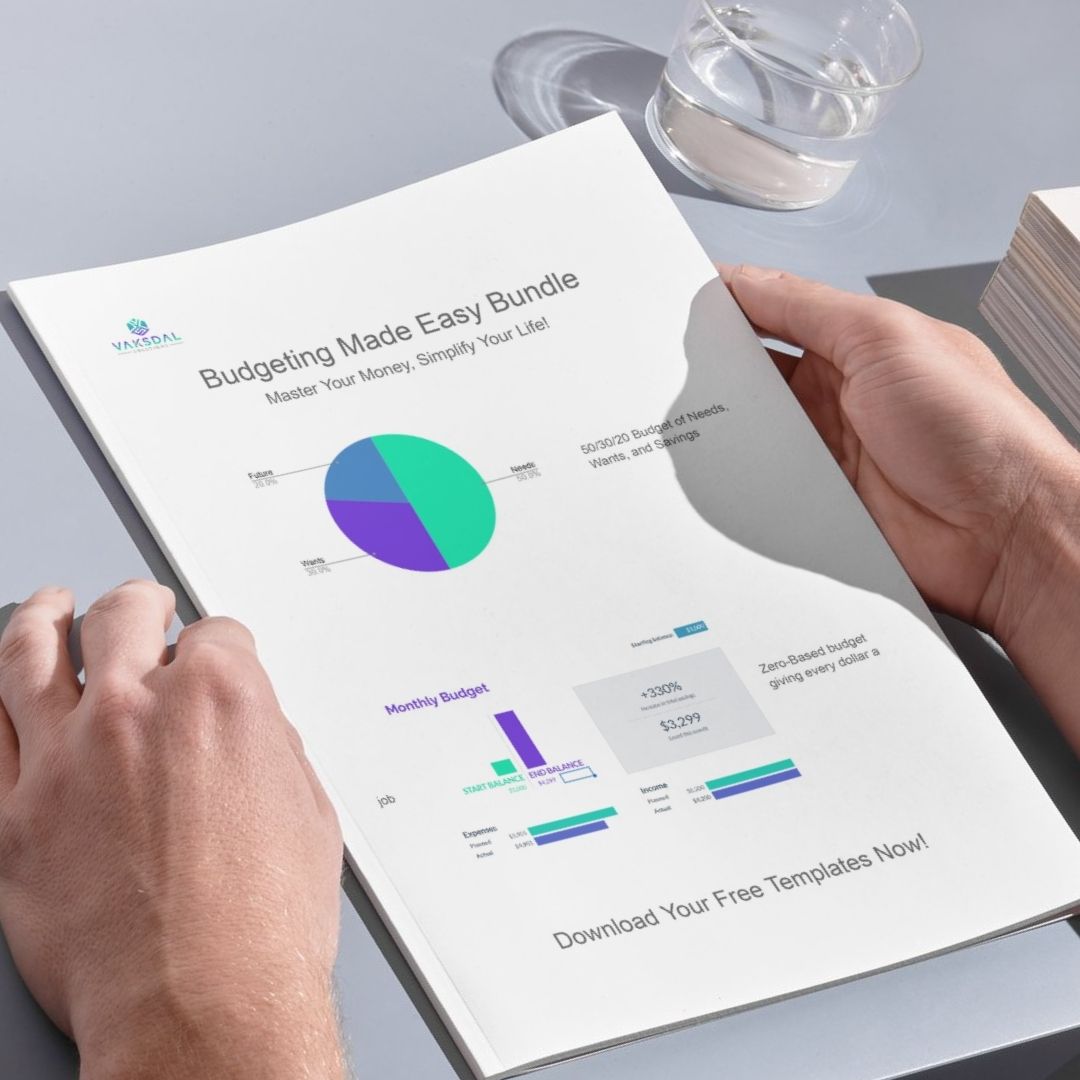Why You Need an Emergency Fund
Life has a way of throwing curveballs when you least expect it. Whether it’s a car repair, a sudden medical bill, or a job loss, these moments can be financially overwhelming if you’re not prepared. That’s where an emergency fund comes in. Think of it as a financial safety net, giving you the peace of mind to handle unexpected expenses without derailing your financial progress.
When and Why to Use an Emergency Fund
An emergency fund should be reserved for true emergencies—situations where immediate payment is needed, and there aren’t other options. Here are a few examples of when tapping into it makes sense:
- Medical Expenses: Unforeseen healthcare costs can add up quickly, even with insurance.
- Urgent Home Repairs: Things like plumbing issues or a broken HVAC system during extreme weather are immediate necessities.
- Unexpected Job Loss: An emergency fund provides breathing room so you’re not immediately stressed by loss of income.
What not to use it for: It’s tempting to dip into these funds for non-essentials or things that can be planned for. Vacations, shopping, or even routine car maintenance shouldn’t be financed from your emergency fund. Protect this fund, so it’s there when you genuinely need it.
How Much Should You Have in Your Emergency Fund?
The amount in an emergency fund can vary based on individual needs, lifestyle, and income stability. Here are some guidelines to help you decide:
- 3 to 6 Months of Expenses: This is the standard rule of thumb. For most, 3 to 6 months of living expenses is a solid cushion against unexpected financial blows.
- Single vs. Dual-Income Households: If you’re in a single-income household, you may want to aim for closer to 6 months’ worth of expenses, while dual-income households may find 3 months sufficient.
- Income Type: Salaried employees with stable jobs may feel comfortable with 3 months of expenses, whereas those with fluctuating incomes, like commission-based earners or freelancers, should consider aiming for at least 6 months to account for lean periods.
Where to Keep Your Emergency Fund
Choosing the right place to store your emergency fund is just as important as saving for it. You want your funds to be accessible but also safe from market volatility.
- High-Yield Savings Accounts (HYSA): These online savings accounts often offer higher interest rates than traditional banks. HYSAs provide a great balance of accessibility and growth.
- Money Market Accounts: A money market account is another solid option, combining the features of a checking account with higher interest rates. They sometimes offer check-writing privileges for easy access.
- Regular Savings Accounts: For those who prioritize accessibility over earning potential, a regular savings account can work. While the interest is typically lower, it keeps funds close at hand for immediate access.
Building Your Emergency Fund: Where to Start
Creating an emergency fund doesn’t have to be daunting. Start with a manageable amount each month, treating it like any other essential bill. Here are some tips to get started:
- Set Small, Achievable Goals: Start by aiming for $1,000 as your initial emergency cushion. Once you reach that milestone, set a larger goal based on your specific needs.
- Automate Savings: Set up automatic transfers into your emergency fund every paycheck. This makes it easier to build up your savings consistently.
- Prioritize Your Fund: If you’re paying down debt, try to balance building a beginning emergency fund before starting bigger debt payments. Even a small fund is better than none, as it keeps you from relying on credit in an emergency.
Take Control of Your Financial Future
Establishing an emergency fund is a crucial step toward financial security. It’s the peace of mind that allows you to navigate life’s unpredictable moments without derailing your progress. By determining your ideal amount, choosing the best place to keep it, and consistently contributing to it, you’re setting a foundation that supports your entire financial journey.



0 comments